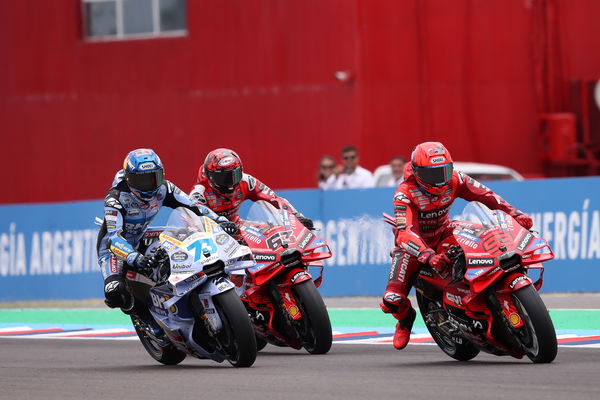Farewell Superquadro: An Emotional Final Ducati Panigale V2 Ride
With big changes in store for the next Panigale V2, I took one final ride on the outgoing model

God, it’s a good-looking bike. Potentially the most handsome you could, until recently, buy new. There’s more purity to the Ducati Panigale V2 than the lap-time-hunting Pani V4 with its fairing-sprouted aero stuff and sat outside the company’s UK HQ in, of course, Ducati red, it looks the business.
You can read our 2025 Ducati Panigale V2 S review here.
What’s not looking so hot is the weather. It’s the middle of a particularly damp October, there’s fog hanging in the air, and the roads are greasy. It feels as though Massimo Tamburini must be rolling in his grave knowing someone’s throwing a leg over a Ducati sports bike in full textiles, but given the conditions, needs must.
A thumb of the starter button wakes the 890cc Superquadro V-twin (or ‘L-twin’ if you ask Ducati) to a bassy idle that makes you question how it could possibly be Euro5 compliant. It doesn’t have that same neutered quality of so many modern twins on standard pipework, with that low-slung exhaust burbling away beautifully.
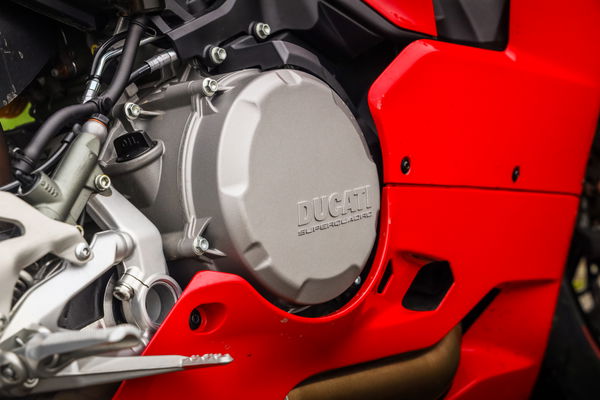
Making it Euro5+ would have been a stretch too far, though, Ducati strategy and Centro Stile Director Andrea Ferraresi told Visordown at EICMA, and so, it’s for the chop. The 2025 Panigale V2 and 2025 Streetfighter V2 models will switch the Superquadro for an all-new V-twin L-twin with - gasps - a lack of desmodromic valves, a lot less power (118bhp vs 153) and a little less torque. You get more twist lower down though (70 per cent of it as low as 3,000rpm), so it should be easier to manage on the road.
The same goes for the Panigale V2’s ergonomics, with repositioned footpegs and higher clip-ons aimed at giving a more relaxed riding position. With all that in mind, then, it’s weirdly fitting that the weather is a bit shit - this is the sort of riding the new bike should be better at. It should be more useable, more of the time.
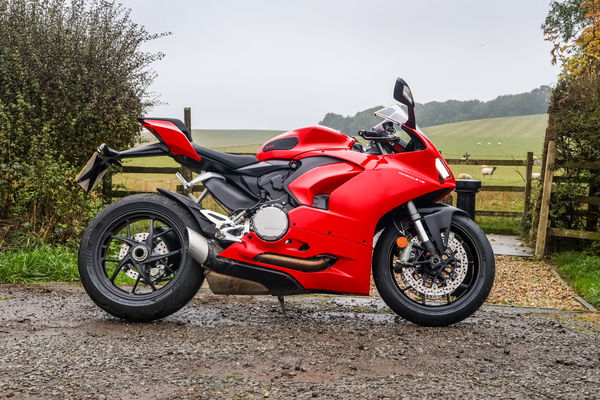
That being said, at road speeds, you still don’t need to be spinning this motor up particularly high to make decent progress. Even if you’re tickling the throttle and short-shifting, it takes no time at all to reach the national speed limit. Probably the best thing about this engine is that using it thus is still immensely satisfying. It’s a punchy, theatrical engine whether you’re only scratching the surface or kicking its head in.
If you are doing the latter, lordy, is it memorable. It’s hard not to pin the throttle without swearing frequently and creatively in your helmet, as the rear squats down and the bike hurtles onwards. It’s not a bike that is desperate to wheelie, either - it just gets on with the job of building speed very, very quickly.
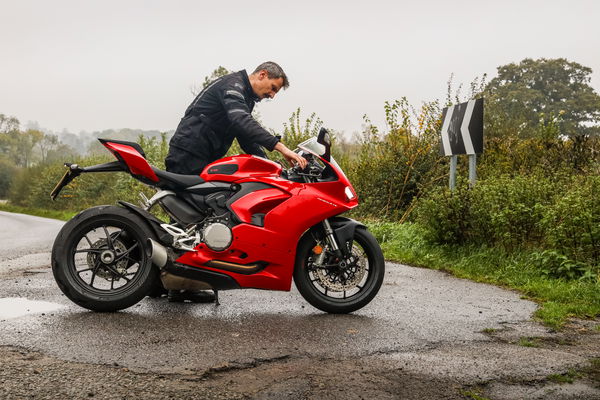
This means if you want to treat speed limits as just that and not rough guidelines, the fun is over in no time at all. Perhaps these lower-powered V2 models coming next year aren’t such a bad thing. That said, the comprehensive suite of electronics means that even in these shoddy conditions, I’m happy being greedy with the throttle. Until that is, the traction control is more lenient than expected, and the rear-most Pirelli Diablo Rosso IV Corsa lights up and the rear of the bike squirms slightly.
We’re not quite talking code brown territory, but it’s enough to prompt me to dial things back a little and focus more on the ergonomic and handling side of the equation. It’s the classic supersport riding position with low clip-ons plus high pegs set fairly far back, which in the corners feels just right, with a good chunk of my weight nice and far forward over the front wheel, giving bags of confidence in terms of front end grip even on these greasy roads.
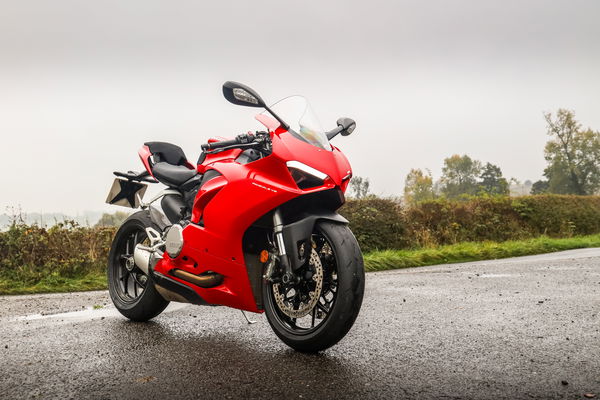
The thing is, it doesn’t take long for the back to begin aching, and the legs to start getting crampy. Again, that replacement model is starting to seem like a good idea, particularly if it turns nearly as keenly as this one. The ride, meanwhile, feels uncompromisingly firm at low speeds, but go a bit faster, and the damping settles, revealing its plusher side. And although it makes no difference to the handling, the offset monoshock is a lovely detail you appreciate every time you notice it.
It’s a Ducati, so of course, there are some quirks, like a lack of fuel gauge because the tank is shaped in such a way that makes getting a sensor in there pretty much impossible. The mirrors are also useless above a certain speed, and finding neutral is a pain in the arse. But it’s all part of the experience, and it all fades into the background the moment you start enjoying that glorious Superquadro twin.
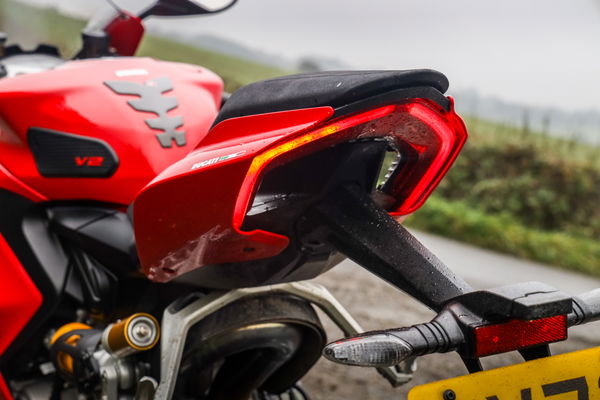
The tweaked riding position of the new Panigale V2 seems, on the face of it, the right call. I doubt many riders will be missing the aching wrists and back pain generated by this bike. But the engine? The fresh one has a lot to live up to.
I’m hopeful it can deliver the goods. But at the same time, I can’t help but be a little sad pulling the outgoing Panigale V2 back outside Ducati towers, and (after struggling to find neutral), gently putting it on the side stand and walking away. It’s truly one of the greats.

